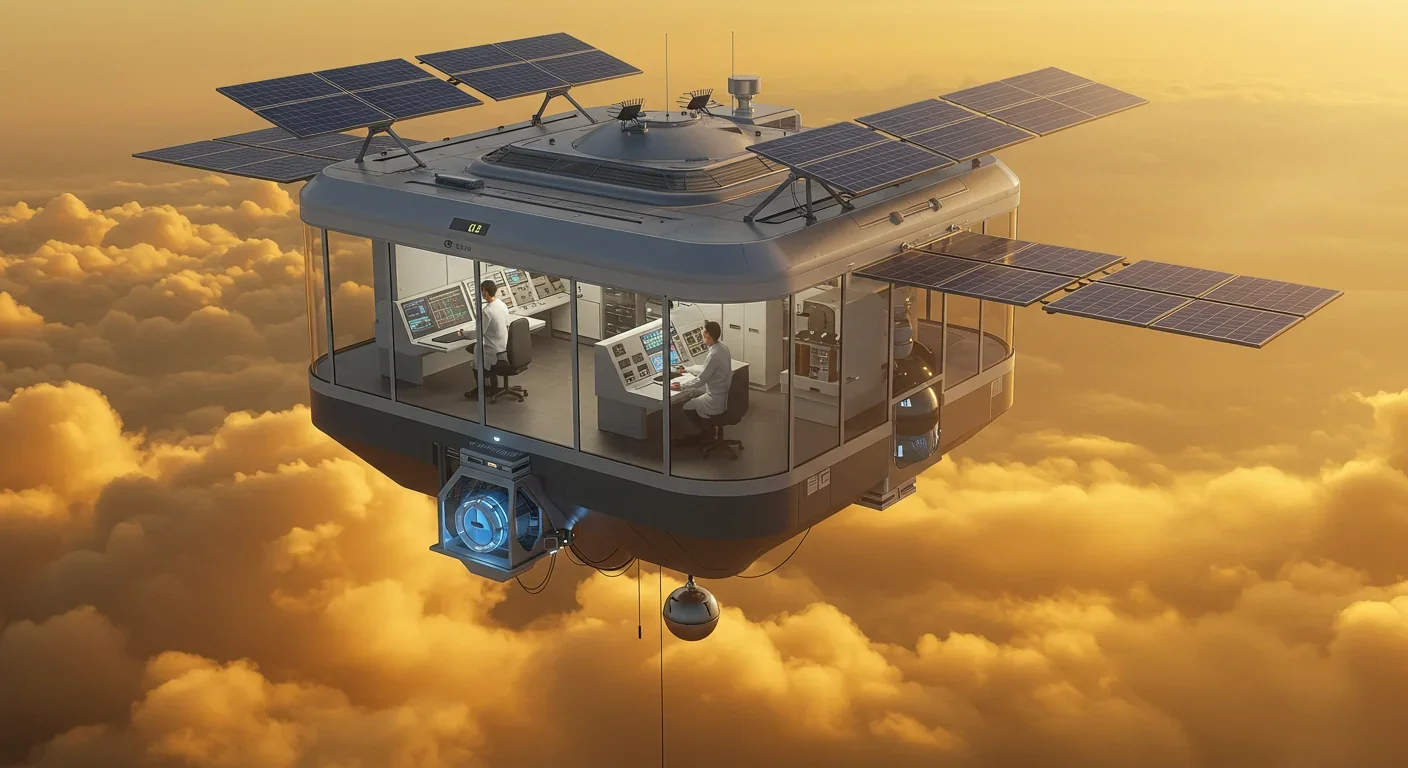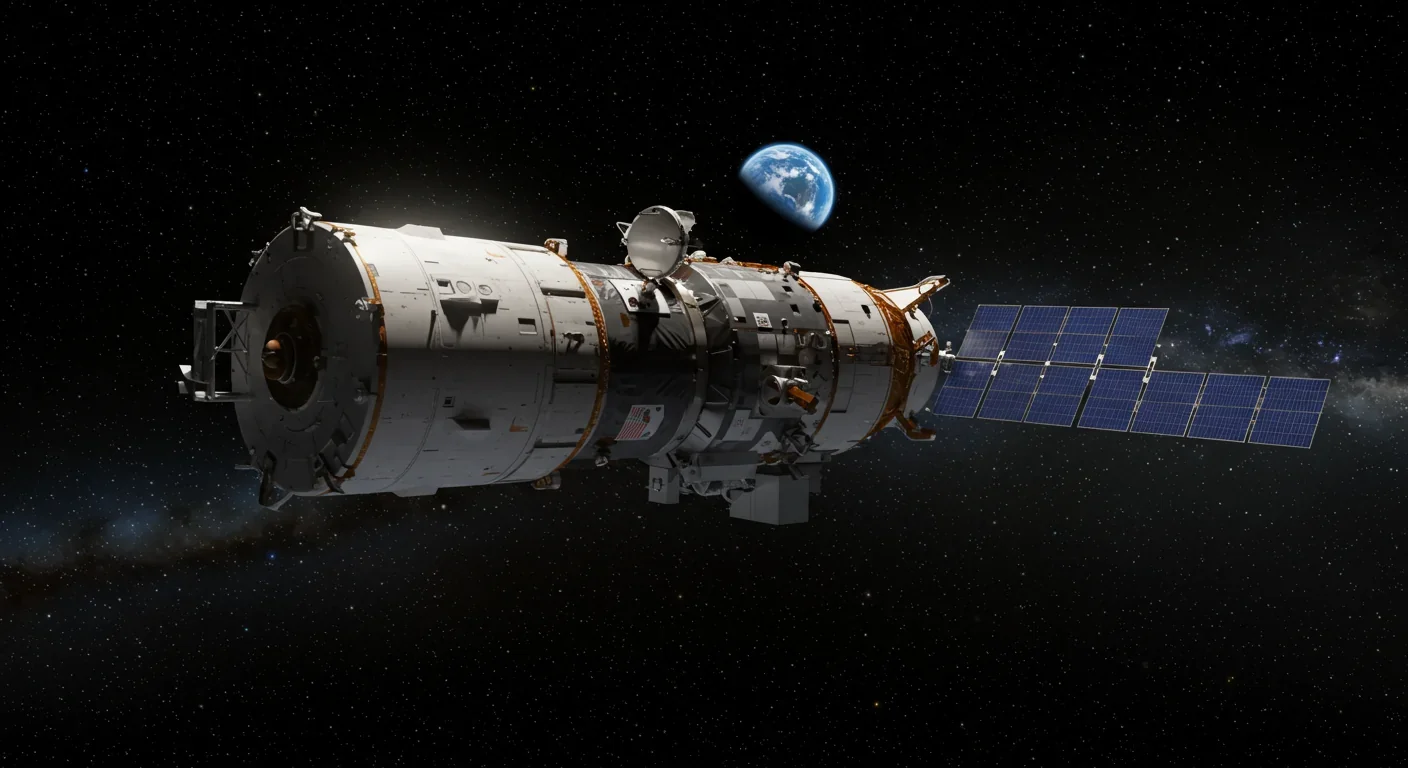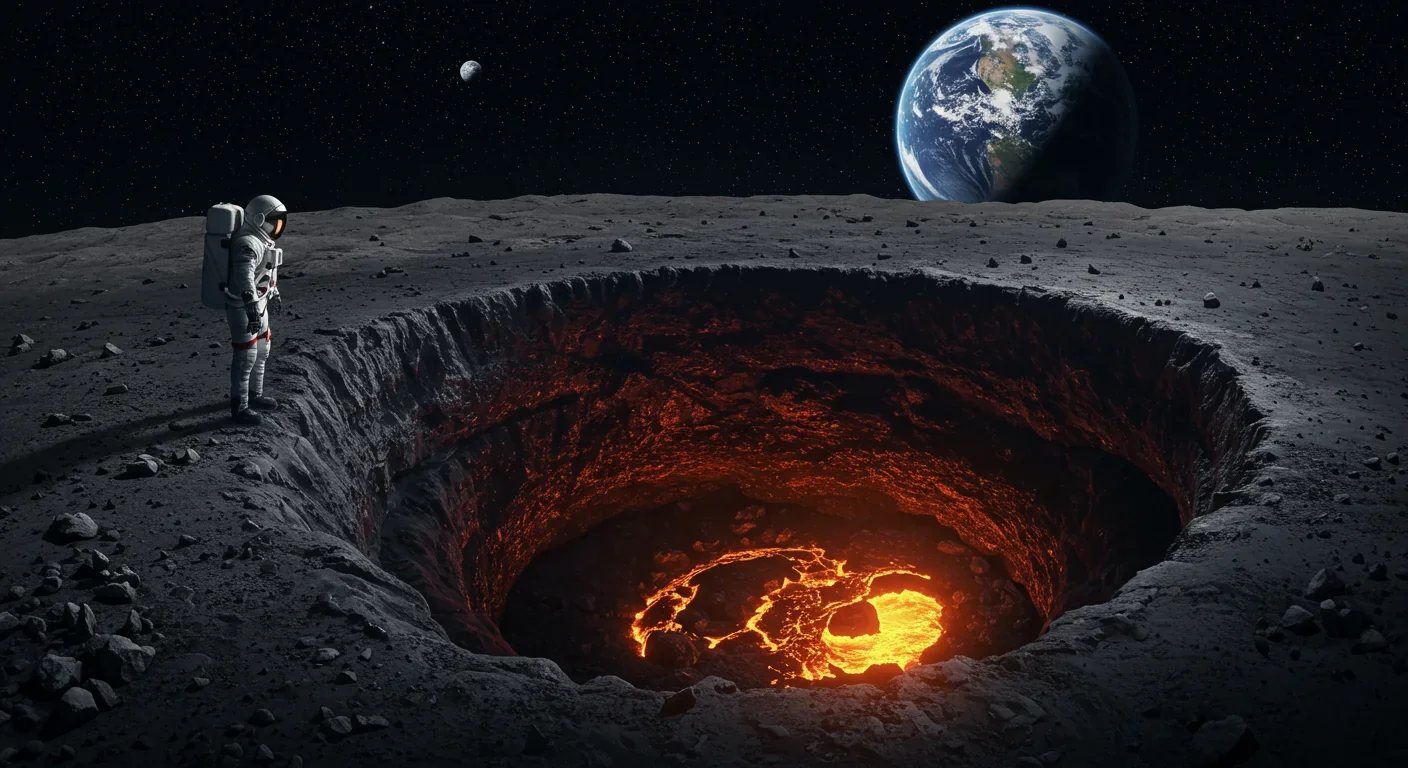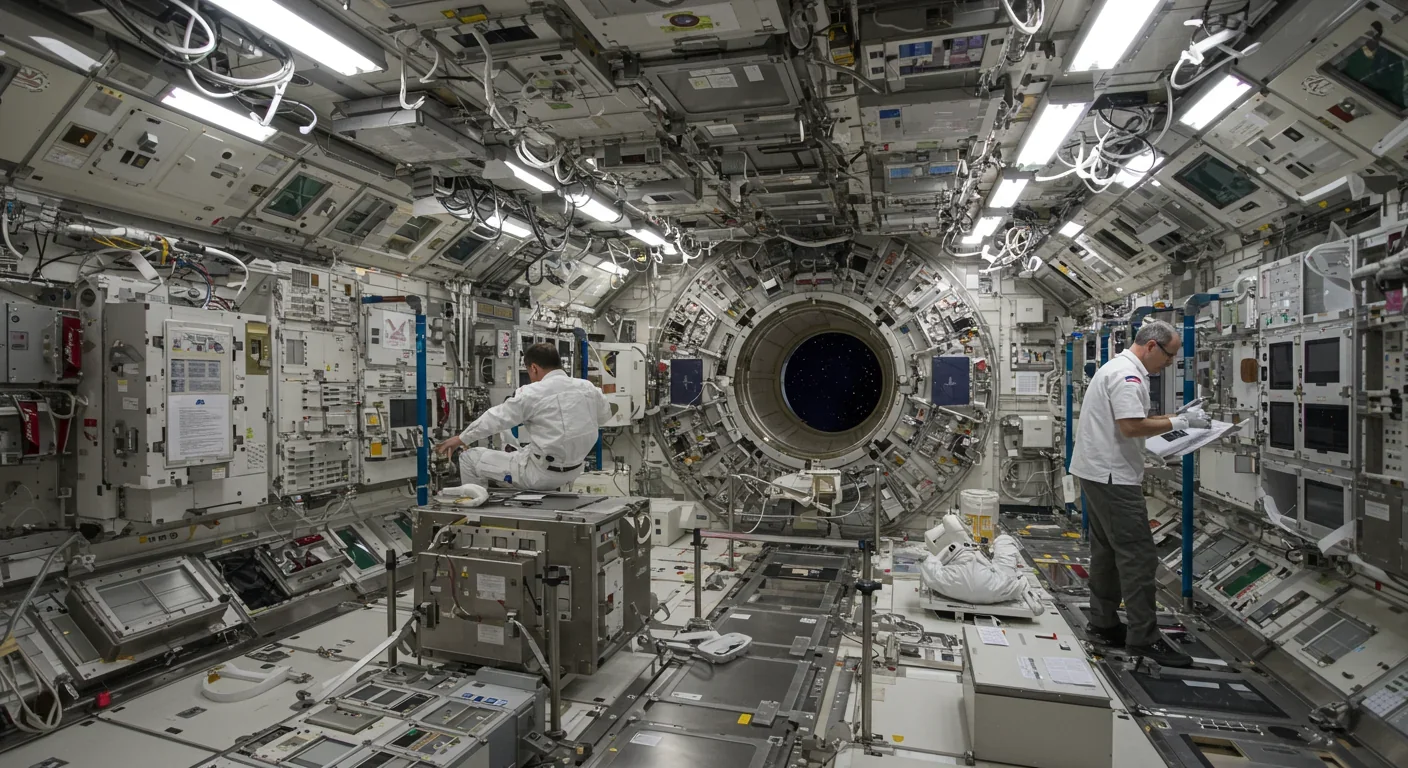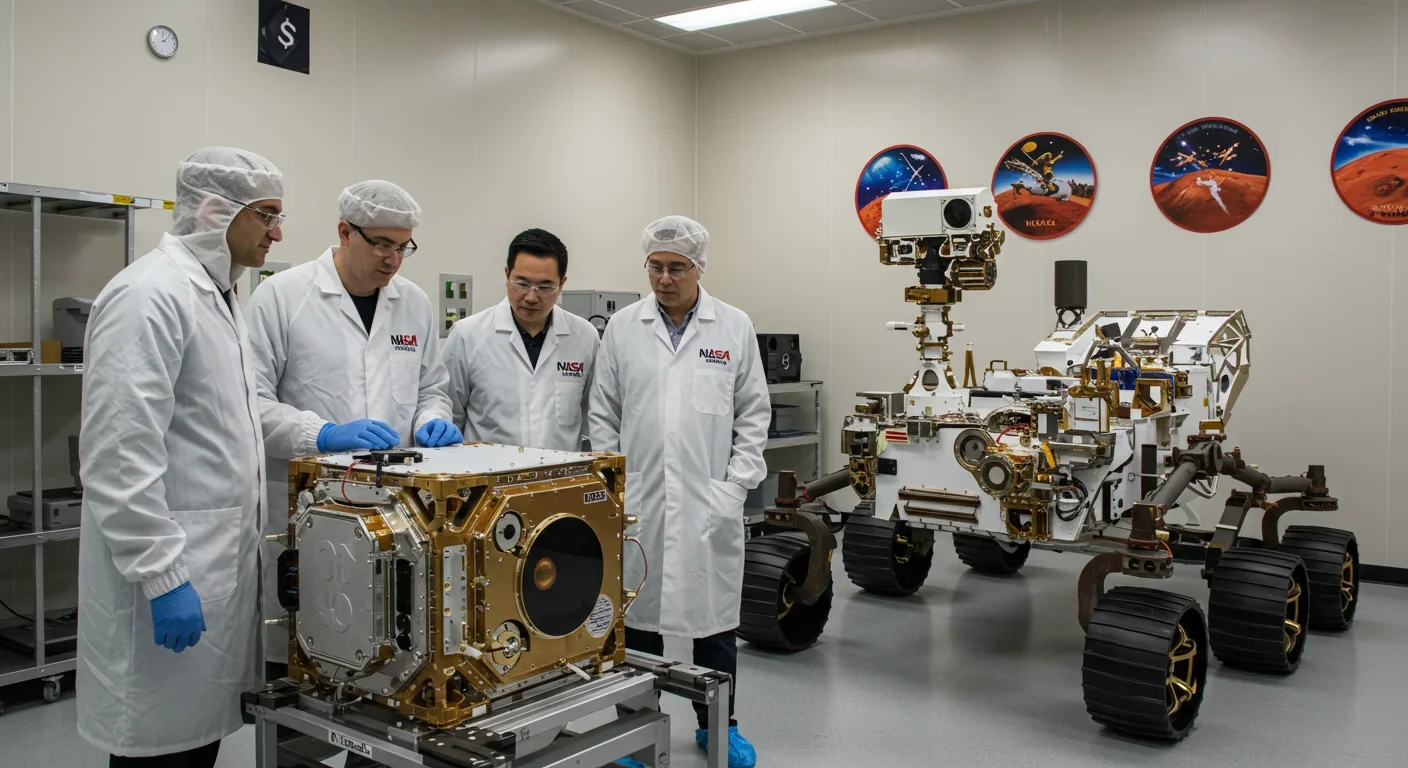Venus Cloud Cities: The Science of Floating Colonies
Venus's 50-kilometer cloud layer offers Earth-like temperature and pressure, making floating cities scientifically feasible using acid-resistant materials and breathable-air buoyancy. Despite challenges from sulfuric acid and resource extraction, Venus provides better gravity and solar energy than Mars for long-term human habitation.
